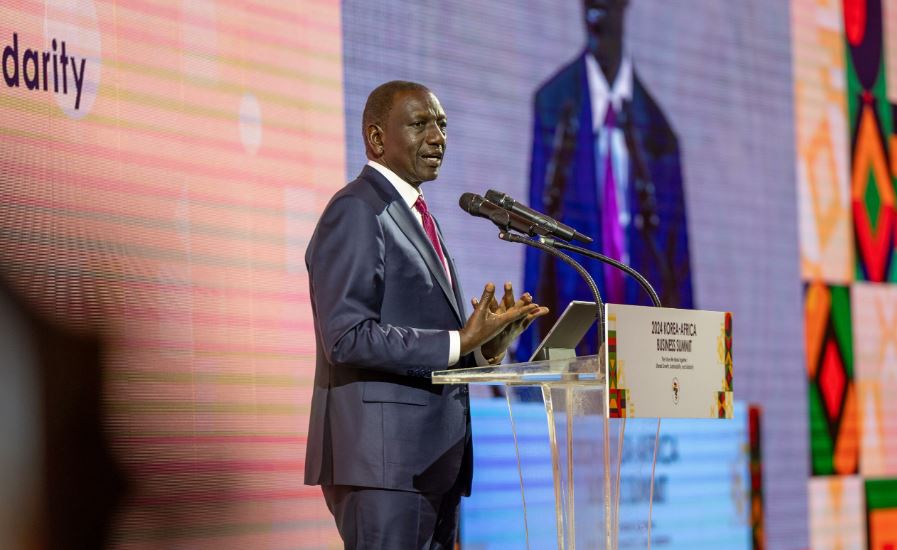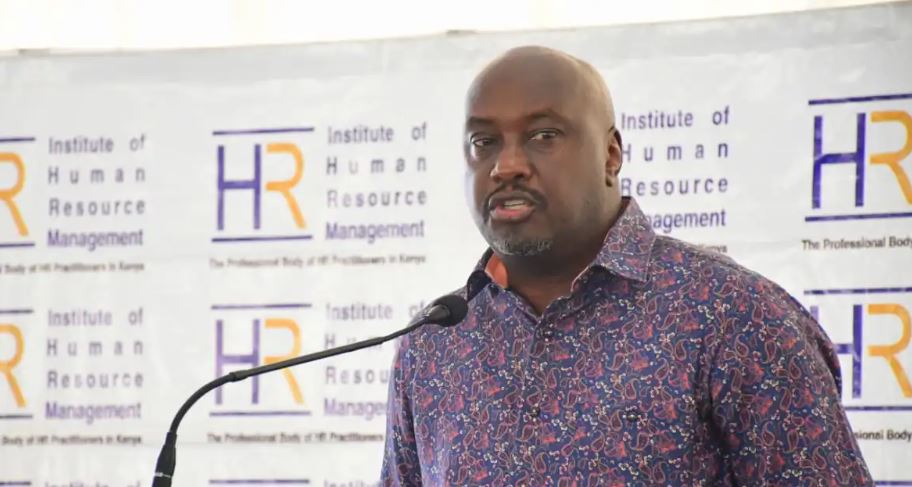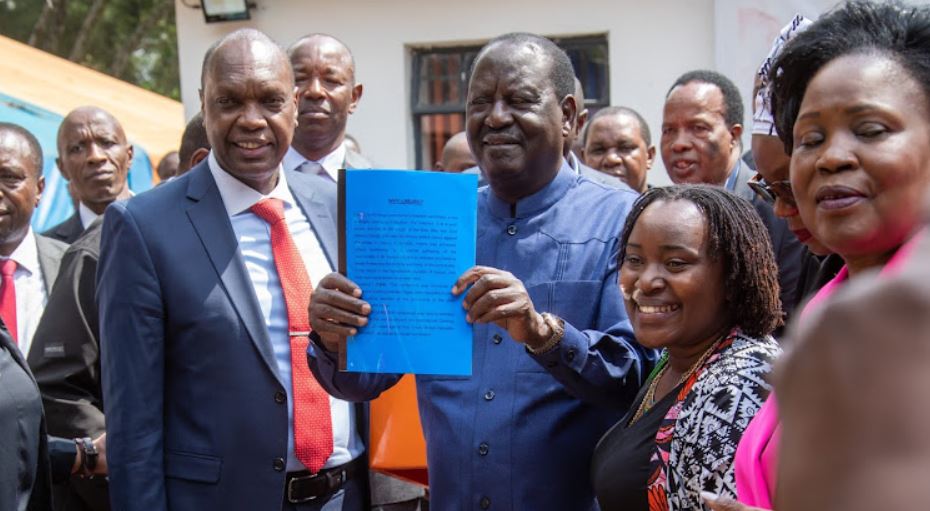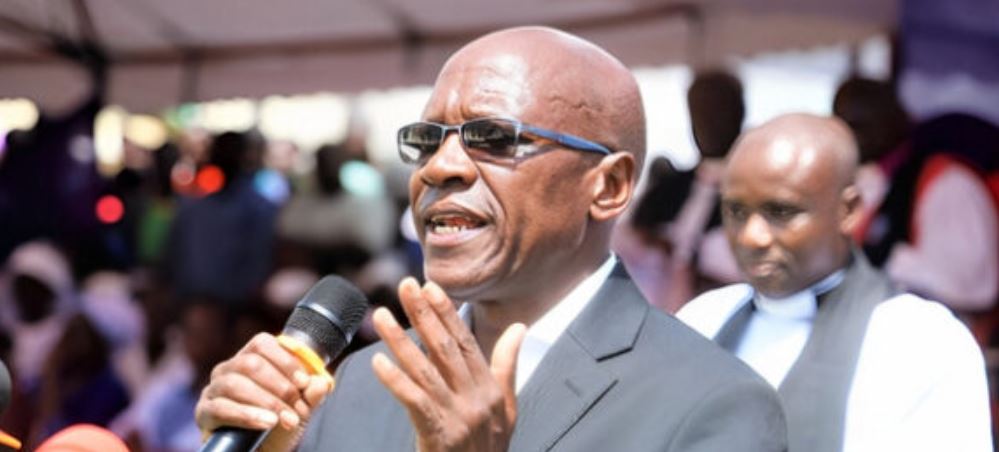 President William Ruto has raised concerns over the underfunding of Africa’s renewable energy development.
President William Ruto has raised concerns over the underfunding of Africa’s renewable energy development.
He noted that while 2023 saw the largest increase in renewable energy capacity globally, with about 500 gigawatts added and $600 billion in new investments, Africa lagged behind.
The President highlighted that Africa has the highest untapped potential for renewable energy reserves in the world but managed to add only 3 gigawatts of the global increase.
“Africa, with the greatest potential and highest demand, currently accounts for a mere 1.6% of the world’s total renewable energy capacity,” he stated.
He emphasized that Africa presents significant opportunities for wealthy investors from the Global North in clean energy, offering a mutually beneficial outcome.
“African leaders endorsed the Nairobi Declaration, setting the continent’s green power generation target at a five-fold increase from 56GW in 2022 to at least 300GW by 2030,” he said.
President Ruto made these remarks on Wednesday while addressing the High-Level Business Segment on Climate Change Response and Transition to Carbon-Free Energy in Seoul, South Korea.
He cited recent floods in Kenya and other parts of the world as evidence of climate change and called for collaborative efforts to mitigate its effects.
Ruto also highlighted Kenya’s significant progress in renewable and clean energy, noting that the country’s power grid is 93% green.
The President urged Korea and Korean investors to continue supporting Kenya in clean energy adoption, as the country aims to expand its current grid from 3GW to 100GW by 2040.
“The ambition is realistic because Kenya is endowed with abundant potential in every type of renewable energy,” he said.
The President mentioned that Africa launched the Africa Green Industrialisation Initiative at COP28 to promote the growth of clean energy manufacturing.
He asserted that this potential positions the continent to seize economic opportunities within the global energy transition.
“This can be achieved by mobilizing $1 trillion from public and private finance by 2030,” he concluded.









